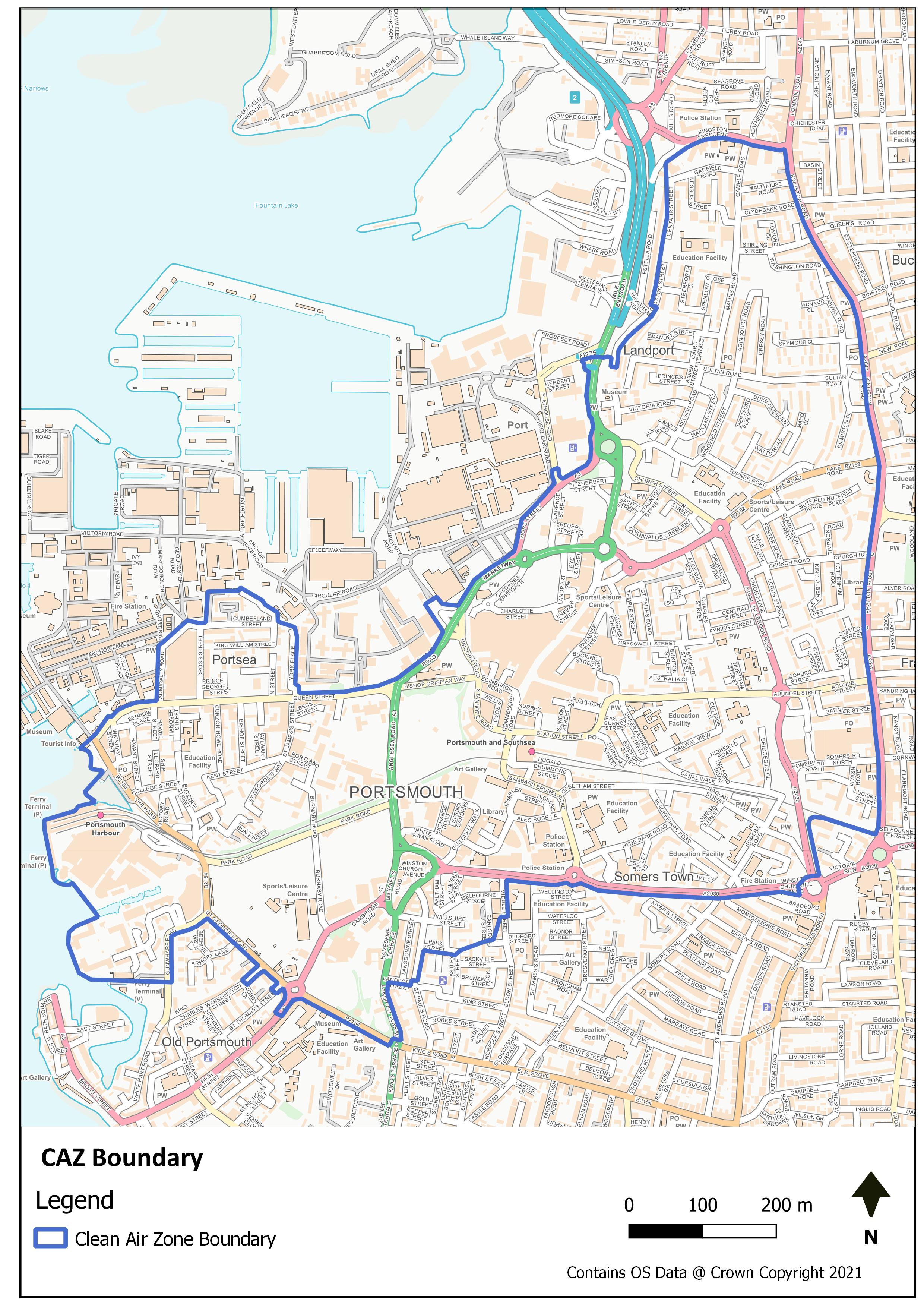What new UK driving laws are coming into effect in November?
Portsmouth city centre, automatic licence extensions and revised towing regulations all undergoing changes motorists should be aware of

Your support helps us to tell the story
From reproductive rights to climate change to Big Tech, The Independent is on the ground when the story is developing. Whether it's investigating the financials of Elon Musk's pro-Trump PAC or producing our latest documentary, 'The A Word', which shines a light on the American women fighting for reproductive rights, we know how important it is to parse out the facts from the messaging.
At such a critical moment in US history, we need reporters on the ground. Your donation allows us to keep sending journalists to speak to both sides of the story.
The Independent is trusted by Americans across the entire political spectrum. And unlike many other quality news outlets, we choose not to lock Americans out of our reporting and analysis with paywalls. We believe quality journalism should be available to everyone, paid for by those who can afford it.
Your support makes all the difference.British motorists have three new changes to existing driving laws to bear in mind this autumn.
The first is the introduction of Portsmouth’s new Clean Air Zone, which will see some drivers charged a toll for entering the city centre in older vehicles that are not compliant with current emissions standards.
From 29 November, diesel cars, vans and lorries that are older than Euro 6 standard (typically registered before September 2015) and petrol models older than Euro 4 standard (usually those registered before January 2006) will have to pay.
However, at present this will only apply to older private hire cars like taxis, which will have to pay £10 per day to enter the zone and to larger HGVs, buses and coaches, which will be charged £50.
Those who drive newer, cleaner cars and vans for non-commercial purposes will not be charged.
Thirty-nine Automatic Number Plate Recognition cameras were installed in March to identify vehicles entering its boundaries.
You can check on the UK government’s website if you are unsure whether your vehicle will incur a fee and you can find out more information about the scheme at Cleaner Air Portsmouth.
The Hampshire city becomes the third in the UK to implement a clean air zone after London and Birmingham and is taking action after Portsmouth City Council was identified by the government as one of over 60 authorities that have excessively high air pollution levels.
Traffic congestion is thought to contribute to 50 per cent of air pollution locally, with harmful pollutants like nitrogen dioxide likely to remain above safe legal limits unless swift and direct action is taken.

The second change to be aware of for drivers is that the last of the automatic driving licence extensions granted by the DVLA because of the coronavirus pandemic last year are due to expire.
Any licences due for renewal between 1 February and 31 December 2020 were given an 11-month extension because of the difficulty of processing requests in lockdown but that period is now up for all except those whose permit was due to expire last December.
They now have until the end of this November to get their renewal.
However, the DVLA is currently warning that paper applications are currently taking between six and 10 weeks to process and there “may be longer delays”.
Again, you can get more information on renewing your driving licence via the government’s website.
The third and final change to the law relates to the rules around towing.
From 15 November, anyone who passed their car driving test after 1 January 1997 will be allowed to drive a vehicle and trailer combination of 3,500kg maximum authorised mass (MAM).
Previously, driving licences issued before 1 January 1997 meant a vehicle and trailer combination up to 8,250kg MAM was allowed or a minibus with a trailer over 750kg MAM.
Licences awarded after that date meant the holder could run a car or van weighing up to 3,500kg MAM pulling a trailer of up to 750kg MAM (up to 4,250kg in total), a trailer over 750kg MAM so long as it was no more than the unladen weight of the towing vehicle (up to 3,500kg in total), or, post-19 January 2013, a trailer over 750kg MAM as long as the combined MAM of the trailer and towing vehicle was no more than 3,500kg.
Passing an additional car and trailer driving test was necessary if you wanted to tow anything heavier.
The DVLA says that the current driving licences of all valid holders will be automatically updated to category BE to reflect the change.
Drivers are warned, however, that they could incur a fine of £1,000, be banned from driving and receive up to six penalty points on their licence should they tow anything heavier prior to 15 November.



Join our commenting forum
Join thought-provoking conversations, follow other Independent readers and see their replies
Comments